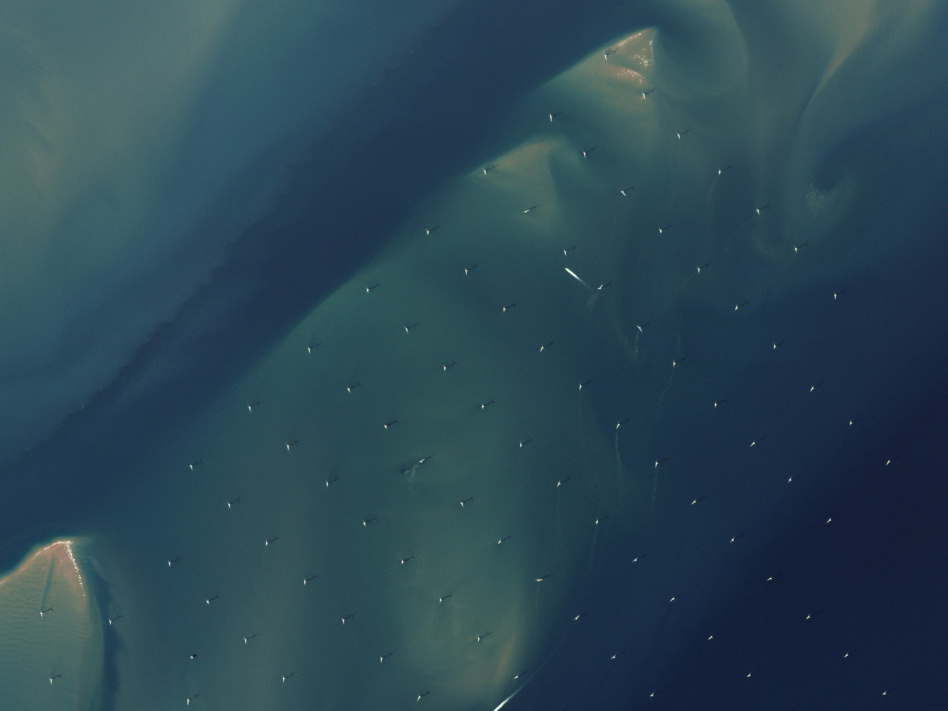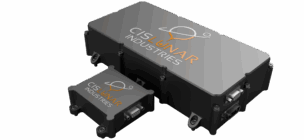What do you get when Planet, Microsoft, and the Nature Conservancy walk into a bar? Probably some pretty wonky and in-the-weeds convos, but also, the potential for a productive collab.
To that end, the three organizations have just lifted the wraps on the Global Renewables Watch (GRW). They describe the tool as “a first-of-its-kind living atlas” for mapping and measuring the world’s utility-scale solar and wind farms. GRW is powered by Microsoft’s cloud and AI tools, which will use Planet’s satellite imagery as its inputs. The Nature Conservancy brings specialists and subject matter expertise to the table.
Planet says that GRW builds on established, peer-reviewed scientific approaches. GRW piloted the atlas by mapping solar and wind in Germany and India, and creating solar maps of Brazil and Egypt. The first full global edition drops early next year.
Finally, the initiative is forward-looking. “Because of [GRW’s] granularity, decision-makers will be able to see the underlying patterns driving renewable energy development, and importantly, to see if any of that development may cause conflicts,” Planet wrote in a blog post. Conflicts, in this context = ecological impacts, wildlife displacement, or “taking up valuable cropland.” That can assist companies and countries deciding where to deploy their next utility-level wind or solar installation.
What gets measured gets managed
Roughly three-quarters of global greenhouse gas emissions come from energy usage. Better visibility into grid inputs is key to humanity’s decarbonization efforts.
While GRW is dynamic, it will only provide “critical data” on a biannual basis. The initiative will share the data freely. The atlas represents a time series rather than a snapshot (or, a flow rather than a stock). In terms of outputs, GRW will track renewable energy deployment targets on a country-by-country level.
Payload takeaway
Satellite imagery can excel at scale for specific use cases like this project. Measuring solar and wind on a global level would be a difficult, piecemeal process if it was done in-situ, or with drones and planes.
+ Want more? Here’s a GRW case study on measuring solar in India.




